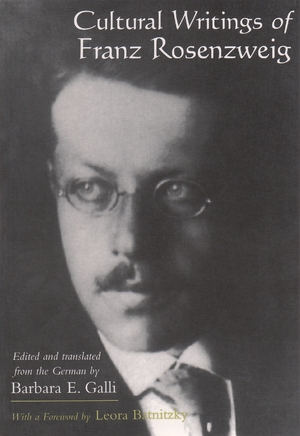Description
In his seminal work, A Guide for the Perplexed, Moses Maimonides (1135–1204) laid the foundation for the future development of Jewish philosophy. In the centuries following his death, his book became the exemplar of reasoning faith. Its purpose was to reconcile Aristotle with Jewish philosophy and to provide a philosophical basis for Judaism’s teachings. Written in Arabic, the Guide was translated into Hebrew and Latin, with its influence extending to Judaism, Christianity, and Islam.
In Homo Mysticus, José Faur offers a modern rereading of Maimonides’s groundbreaking work. He examines the ideas, perspectives, and methodologies developed in modern critical theory and poststructural analysis and applies them to achieve an exciting new interpretation of the Guide.
Faur’s interpretation of this text reveals Maimonides’s views on prophecy and philosophy, on imagination and intellect, on providence, on the importance of fulfilling the commandments, and above all on esoterism and mysticism. The result is a radical new interpretation of Maimonides, which will become the starting point for all future discussion and research on the philosopher and his important work.
About the Author
José Faur teaches Talmud at Bar-Ilan University and Law at the newly established Law School in Netanya, Israel. He has published numerous studies in the fields of Sephardica, Rabbinic literature and jurisprudence, linguistics, and critical theory. He is author of In the Shadow of History: Jews and Conversos at the Dawn of Modernity (1992), Golden Doves with Silver Dots: Semiotics and Textuality in Rabbinic Tradition (1986), and Studies in the Mishne Tora (1978, in Hebrew).
6 x 9, 256 pages
April 1999




